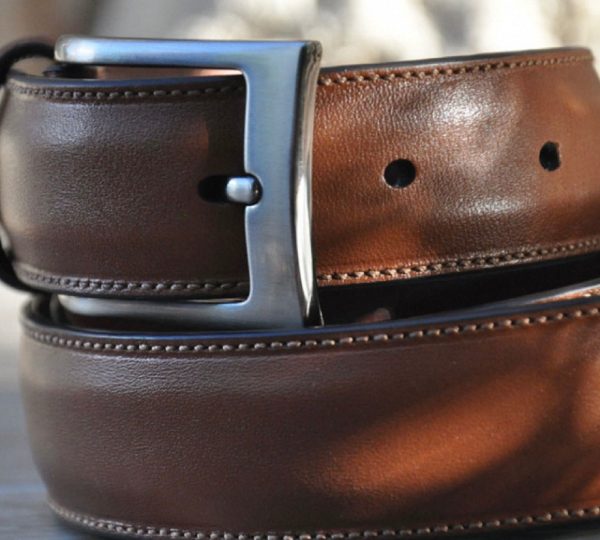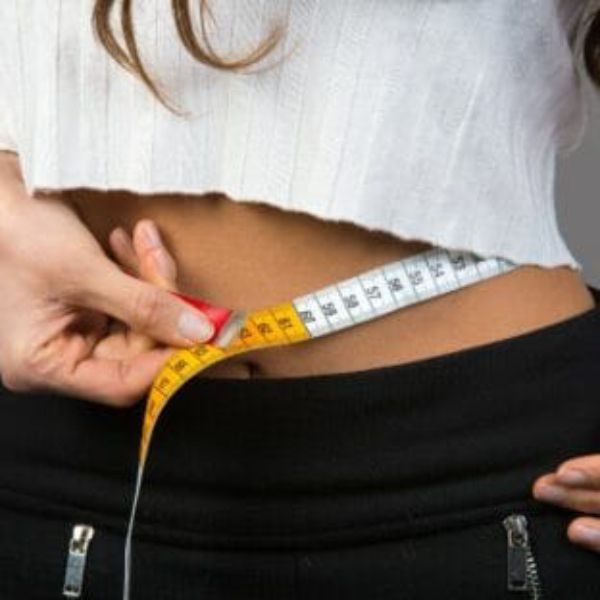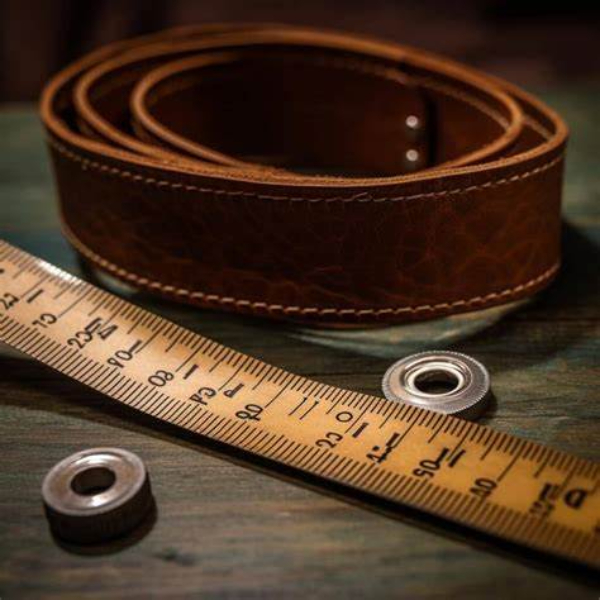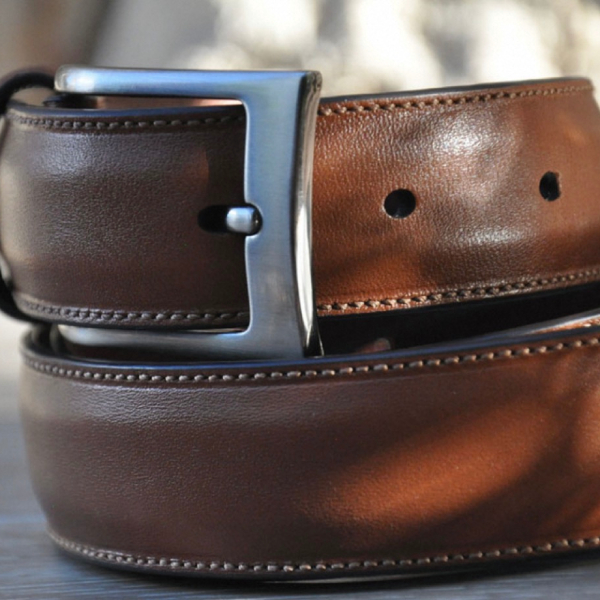
Guide to Finding Your Perfect Belt Size
Measuring Your Existing Belt
Knowing how to determine belt size begins by measuring a belt you already own. First, lay your belt on a flat surface. Ensure it’s smooth and straight. Start your measurement from the hole you use to buckle the belt to the end where the leather folds over the buckle. Use a tape measure for this, and be sure to do it in inches. Round your measurement to the nearest inch. For example, if your belt measures at 36.5 inches, round up to a size 37 belt.

Remember that belt sizes can differ based on the manufacturer. Some brands may include the buckle in their measurements, while others may not. Always check the brand’s sizing guide for accuracy. When using an existing belt, the most commonly used hole often indicates the correct belt size for you. This method reflects a standard measuring technique, but keep in mind brand variations.
For proper accuracy, avoid measuring the entire length of the belt from tip to tip as different buckles can add extra length. Focus on the range between the hole you use and the point where the leather wraps around the buckle. Taking these steps will ensure that you choose a belt that fits comfortably and serves its purpose of securing your pants at the right fit. To ensure a perfect fit, measure just between the hole and where the leather wraps around the buckle. This is especially important when choosing a mens white belt.
Understanding Belt Sizing Conventions
When shopping for a new belt, understanding sizing conventions is key to a good fit. Belt sizes often reflect the length in inches from the buckle fold to the center hole. A standard belt size tag may have numbers like 32, 34, 36, which correspond to waist measurements. Remember, this is typically the middle hole measurement, not the total length of the belt.
Here’s what you need to know about belt sizing conventions:
- Belt Sizing by Length: Most belts use a standard sizing method. Measure the belt from where the leather wraps around the buckle to the hole most often used.
- Numeric Sizes: Belt sizes usually come in even numbers (32, 34, 36, etc.). They align with waist measurements.
- Women’s Size Scale: Women’s belts may use lettered sizing (XS, S, M, L, XL). These letters correspond to certain waist measurements in inches.
- Adding Size for Comfort: It’s common to add two inches to your pant size when choosing a belt. For example, a size 32 waist would need a size 34 belt.
- Effect of Buckle Size: Large buckles can add to a belt’s overall length. Take the buckle size into account when measuring.
While manufacturers generally follow these rules, variations exist. Always check a brand’s size chart for the most accurate sizing. Using these guidelines ensures you select a belt that’s both functional and fashionable.

Calculating Belt Size from Your Pant Size
Determining the right belt size is simpler if you start with your pant size. Generally, a reliable rule is to add two inches to your current pant size. This method works well for the average jeans or trousers worn at the natural waist. If you wear low-rise pants, consider adding three to four inches to accommodate the lower fit. For the perfect fit, consider your pant size when choosing a coach men’s belt. Adding two inches typically ensures you find the right size for waist-level trousers.
Here’s a basic guideline to follow:
- 32-inch waist pants: Choose a 34-inch belt.
- 34-inch waist pants: Choose a 36-inch belt.
- 36-inch waist pants: Choose a 38-inch belt.
- 38-inch waist pants: Choose a 40-inch belt.
Keep in mind, these suggestions apply to men’s pant sizes which are typically reflected in U.S./U.K. standard sizing. For accuracy, ensure you know your pant size before applying this formula. It’s an easy and quick way to estimate belt size without measuring your body.
Measuring Your Waist for a Precise Fit
To accurately determine your belt size, measure your waist where you wear your pants. Use a flexible tape measure. Stand naturally, and don’t suck in your belly. Make sure the tape is snug but not too tight. Read the measurement in inches, then round it to the nearest inch. For example, if it reads 35.5 inches, round it up to 36 inches.
This measurement is crucial when selecting the precise belt size. Belts should fit comfortably around your waist, ensuring your trousers sit properly without being too tight or loose.
Belt Size Variations Across Different Brands
It’s important to recognize that belt size conventions are not universal. Different brands may have their own unique sizing methods. Do not assume that a size 34 belt from one brand will fit the same as another brand’s size 34. Here’s what you should pay attention to when dealing with brand variations:
- Check Brand Sizing Charts: Always look at the brand’s own sizing guide before making a purchase.
- Inquire About Measurement Techniques: Some brands may include the buckle in the size while others do not. It’s essential to ask or confirm this detail.
- Look for Brand-Specific Advice: Brands often provide tips on how to choose the correct size specifically for their products.
- Consider the Fit You Need: Depending on the brand, a belt’s fit might be snugger or more relaxed.
Remember, accurate size selection is crucial for both style and comfort. When you’re switching brands or trying a new one, take extra care to ensure that you’re choosing the right size. Measure your waist or your existing belt according to the brand’s instructions. When in doubt, reaching out to customer service for guidance is a smart move. By taking these precautions, you’ll avoid the inconvenience of returns and ensure a great fit every time you shop for a new belt. Choosing the right size is essential when selecting a men’s woven belt. Accurate measurements will ensure both style and comfort for a perfect fit.
The Impact of Belt Widths on Sizing
When selecting a belt, belt widths play a crucial role in sizing. Different styles and types of belts come with various widths, affecting the overall fit. Here’s how belt widths can impact your belt size:
- Men’s vs. Women’s Belts: Generally, men’s belts are wider and longer than women’s belts, which can influence the size you need.
- Standard Belt Widths: Most men’s belts range from 1.25 to 1.5 inches wide, a key detail when sizing. Women’s belts can be narrower, often around 0.5 to 1 inch wide.
- Width and Pant Loops: Check that the belt width matches the width of your pant loops. Too wide, and the belt won’t fit; too narrow, and it may not provide the right support.
- Width and Buckle Size: Wider belts often come with larger buckles. Remember, this can add length to the belt, so factor this in when determining belt size.
For accuracy, use a tape measure to check the width of the belt. Align your choice with the kind of pants you intend to wear. For example, a wider belt is ideal for jeans, while a narrower belt may suit dress pants better.

Always keep in mind how to determine belt size in relation to width to ensure a comfortable, secure fit that complements your outfit. Avoid guessing and use these guidelines to select the perfect belt width for your needs.
Adjusting for Belt Stretch Over Time
When choosing a belt, anticipate the stretch, especially with leather. Belts made of leather or braided materials can loosen over months of use. Consider this natural stretching process to maintain the ideal fit. To account for this:
- Start with a Snug Fit: Select a belt that feels firmly snug but not uncomfortable. Getting a snug belt leaves room for unavoidable stretching.
- Know Your Materials: Understand that different materials stretch in various ways. Leather stretches more than synthetic belts.
Remember to buy a belt that fits when fastened in the middle hole. As the belt stretches, move to the next hole to keep a proper fit. Keep an eye on the fit over time and adjust as needed. This way, you ensure your belt remains both comfortable and functional for a longer period.
Tips for Choosing the Right Belt Size When Shopping Online
Shopping online for belts can be tricky if you’re uncertain about your size. Here’s how to nail it:
- Consult the Brand’s Size Chart: Every brand is different. Look at their size guide before buying.
- Use Your Waist Measurement: Measure your waist where your pants sit. Pick a belt size closest to this number.
- Check the Return Policy: Good to know in case the size isn’t right.
- Read Customer Reviews: See what others say about the sizing. It helps make a better choice.
- Remember the Middle Hole Rule: Aim for a belt that fits well when buckled in the middle hole.
When you follow these steps, your chances of getting a belt that fits well, looks good, and feels comfortable, increase significantly. Keep your tape measure handy, and happy shopping!